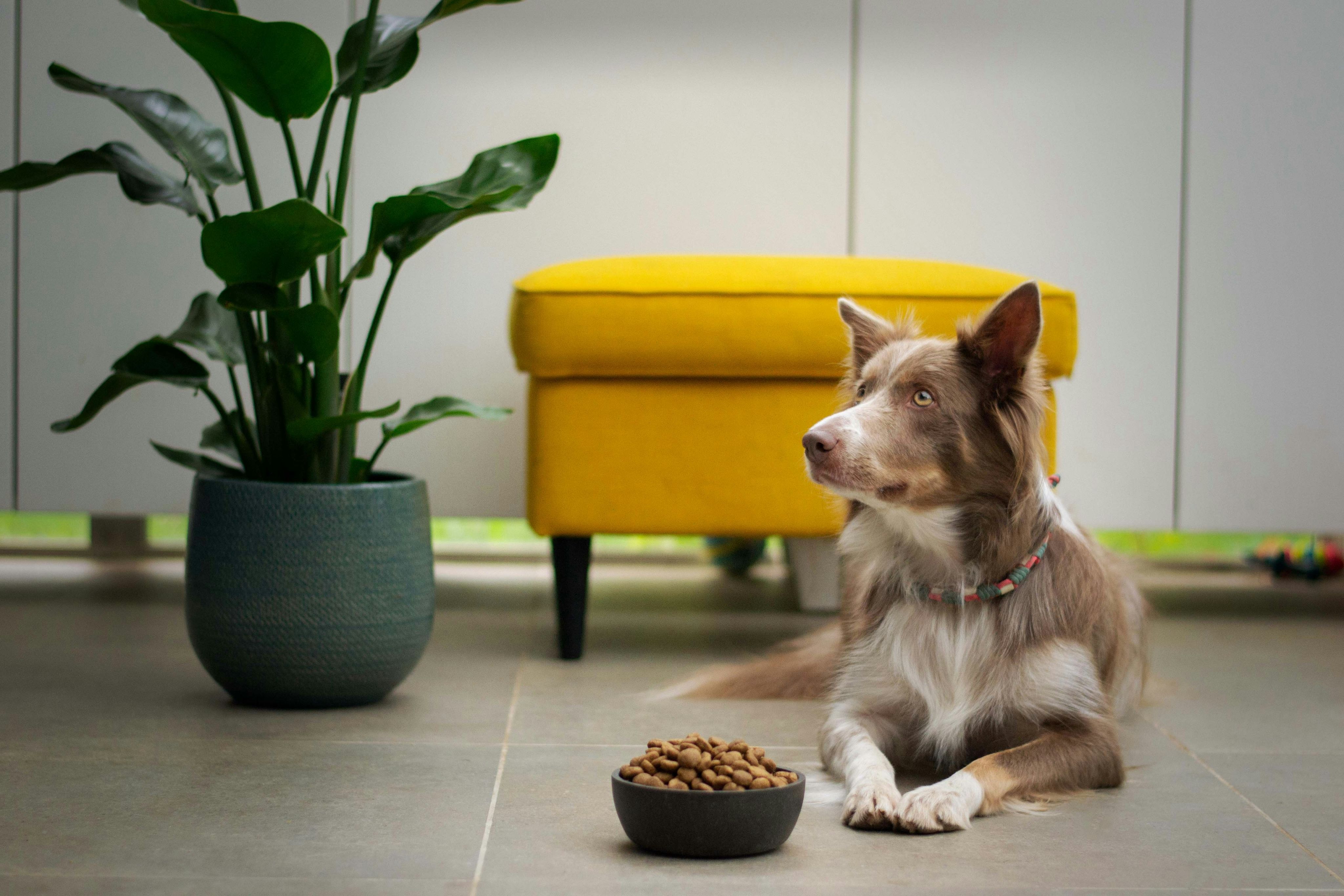A Dynamic Approach To Pet Food Packaging
Pet food packaging must be climate smart, cost competitive, and loved by consumers.
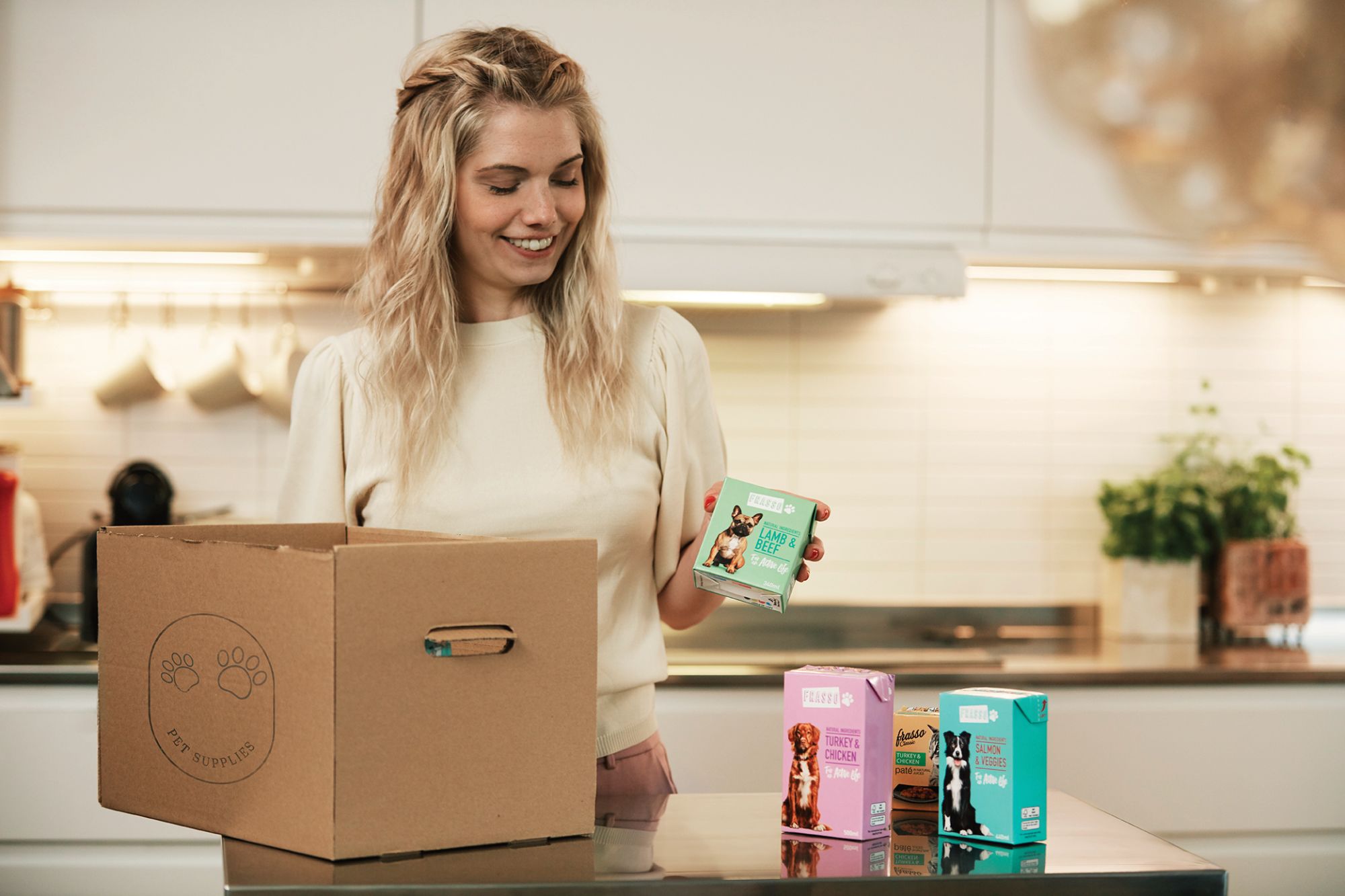
Tetra Recart®, from Tetra Pak, boasts a myriad of advantages over traditional pet food pack- aging formats given its envi- ronmental profile, convenience and logistical efficiency. A broad variety of sizes, ranging from 100ml to 500ml allows manufacturers to target different consump- tion needs for pets.
“We are not just selling a packaging solution,” says Ivanna Skrypnichenko, Global Category Manager, Marketing Services at Tetra Pak. “We partner with our customers to drive innovation into the pet food category, from market data intelligence to fast-tracking product development.”
Increased Efficieny
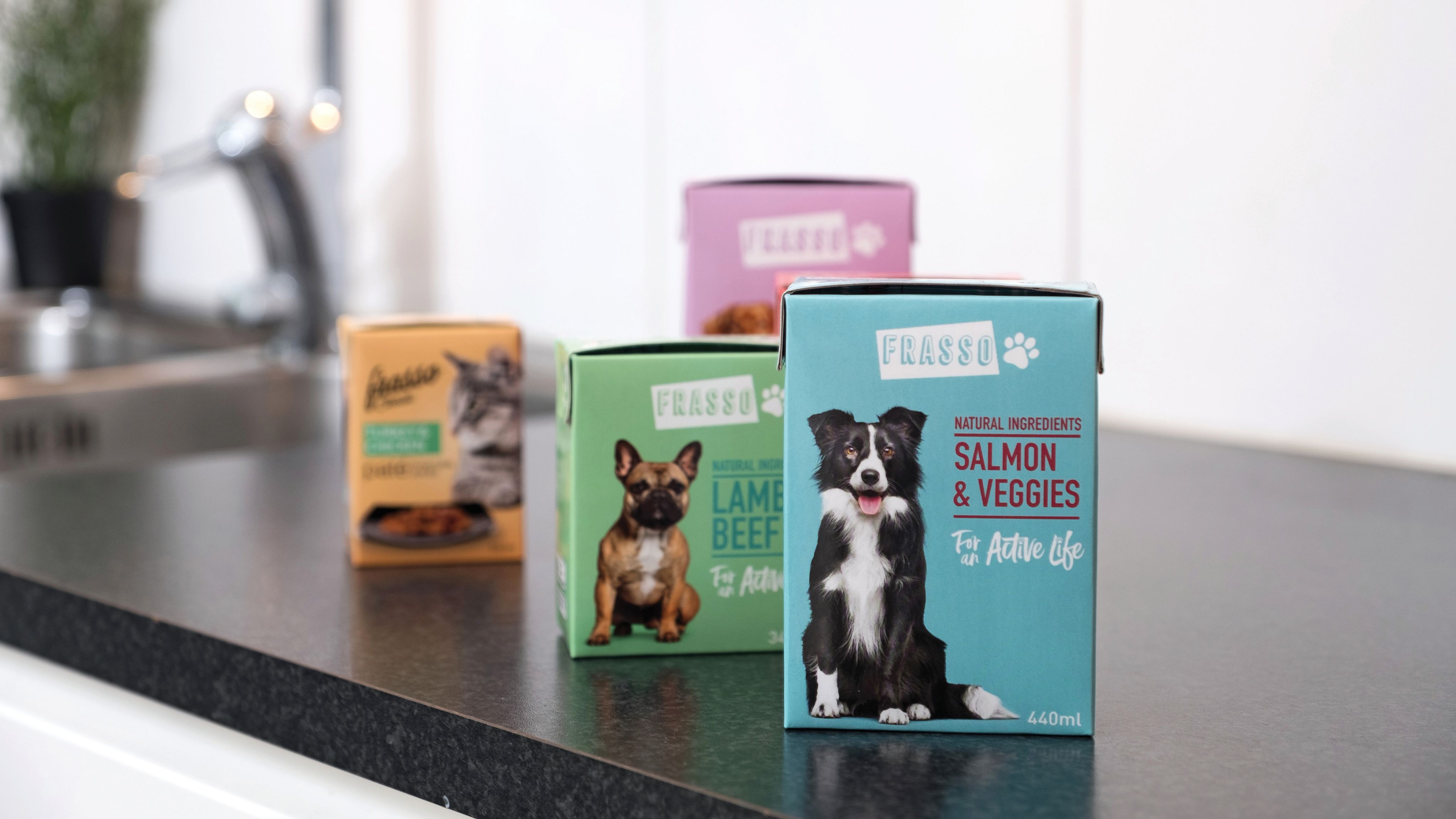
The lightweight, rectangular shape of Tetra Recart packaging boasts untold efficiency advantages when it comes to logistics –
empty Tetra Recart packs use one tenth the amount of storage space as cans, while when filled, a typical truck can accommo- date up to 50% more packs depending on package size. In addition, both the primary and secondary packaging weigh up to 60% less than cans and 14% less than pouches.
In-store, the Tetra Recart format enables between 25% and 40% more packages to fit on the shelf compared to pouches and cans, with a ‘billboard effect’ that max- imises shelf appearance.
“Saving space means you can potentially include more SKUs and sell more products.” says Federica Boni, Tetra Recart Market Support and Communication Manager, Tetra Pak. “Moreover, when you are stack- ing cans, you need to make sure that they are all facing the shopper, which takes time in replenishment. Tetra Recart comes in easy-to-open, paper-based trays.”
The design of Tetra Recart is also opti- mised for e-commerce, given its improved visibility on screen, great logistics, ease of picking and robustness.

Climate Smart Solution

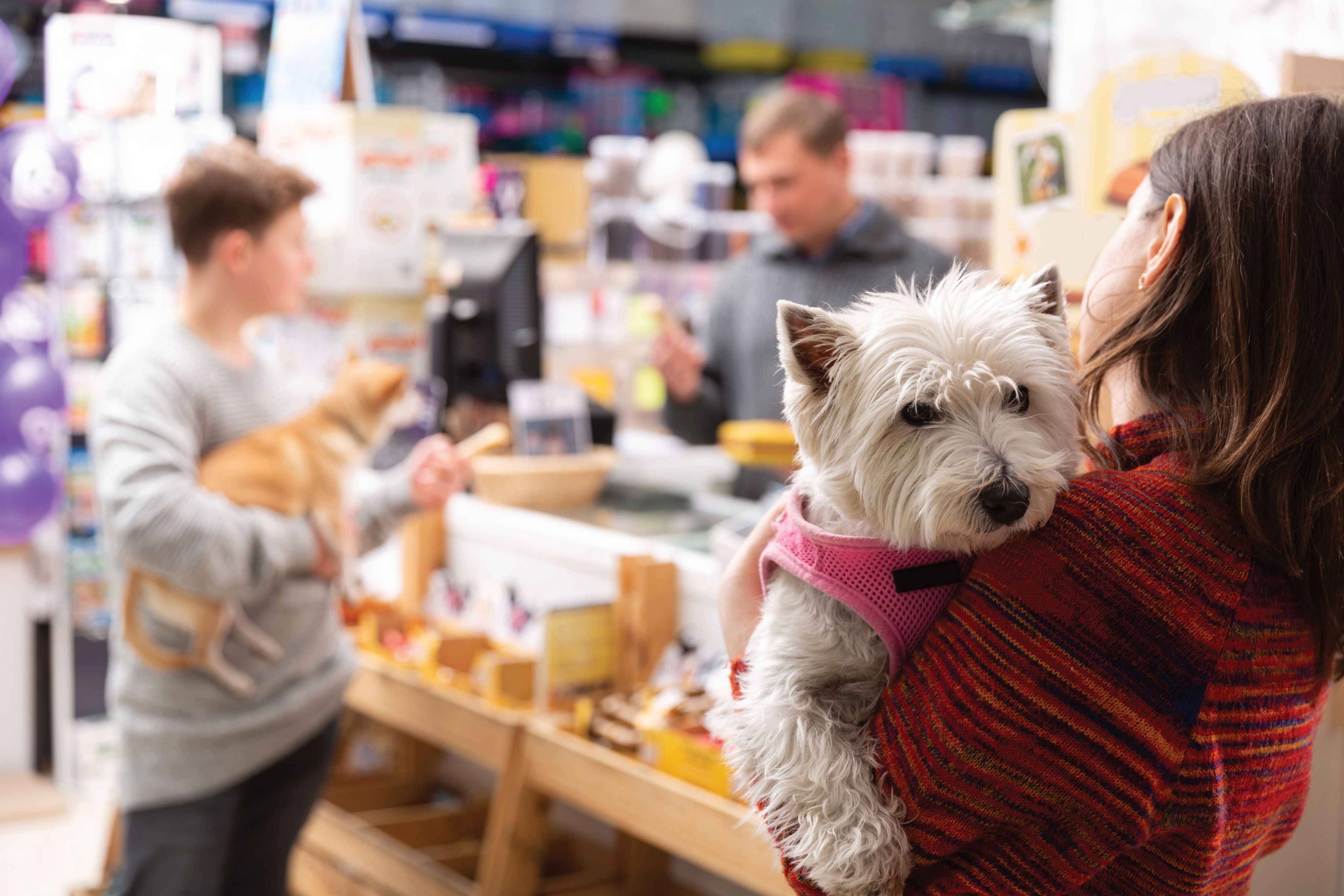
Life Cycle Assessment studies carried in Europe* have shown that Tetra Recart has a lower climate impact than cans (85% less), pouches (20% less) and alu trays (27% less). Tetra Recart packaging is produced mainly from renewable resources (share of renewable resources up to 71%), derived from responsibly managed forests, and is certified by the Forest Stewardship Council (FSCTM).
Since it’s more efficient in distribution, it also requires less transport on the roads: if 10 million cans were converted to Tetra Recart, there would be on average 150 less trucks on the road.
“We want to revolutionise the pet food shelf with more climate-smart solutions,” says Skrypnichenko.
Consumers Love It
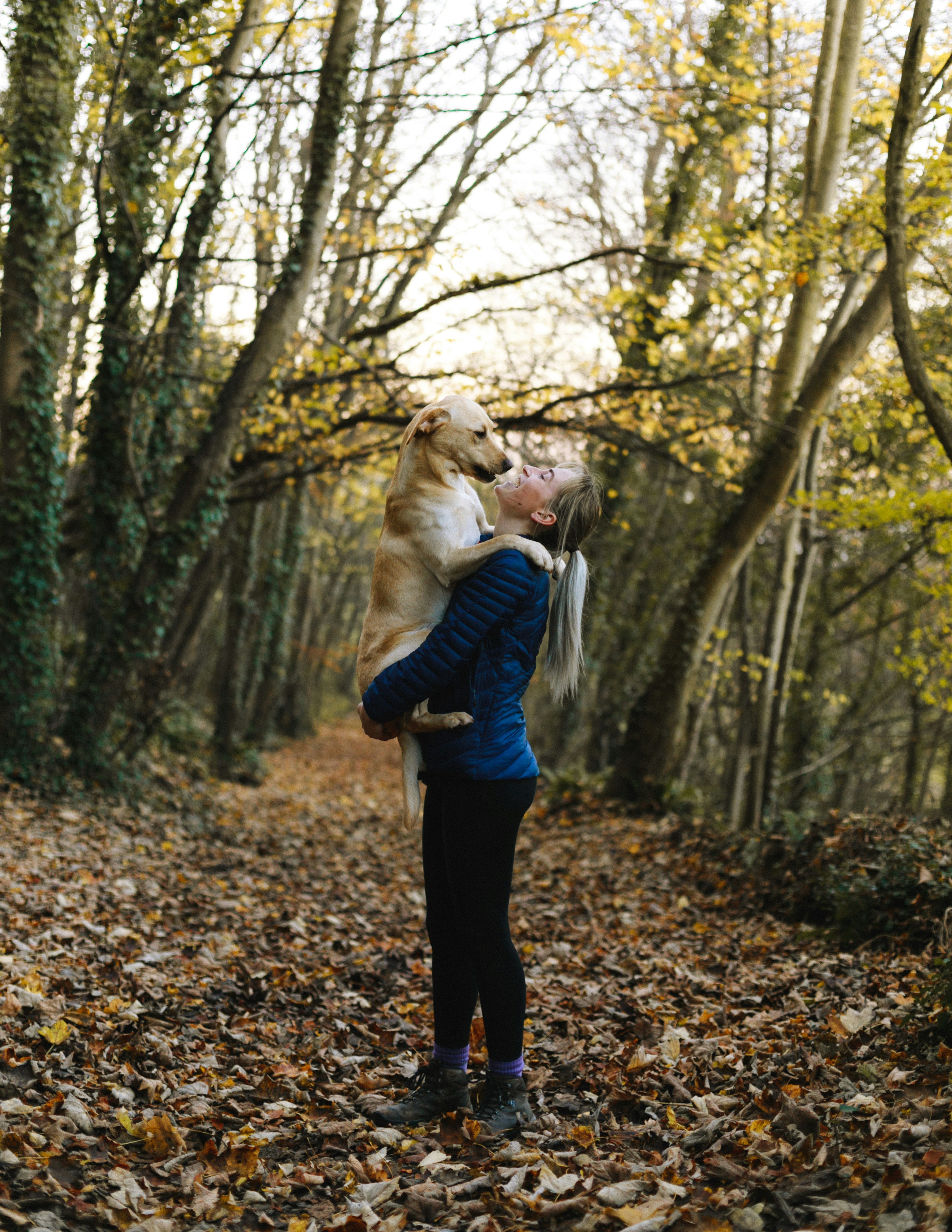
When consumers compare it to alternatives, Tetra Recart scores better in key packaging attributes such as environmental friendliness, hygiene and safety, ease of storage. It is perceived to be better than cans for its modern appeal and more robust than pouches and alu trays.
“Consumers love the fact that Tetra Recart can be easily reclosed and put in the fridge – a very important attribute for pet food, and a clear advantage versus the alter- natives on the market,” says Boni. “We know from research that consumers already find cartons for food a more sustainable packaging option than cans and pouches.”
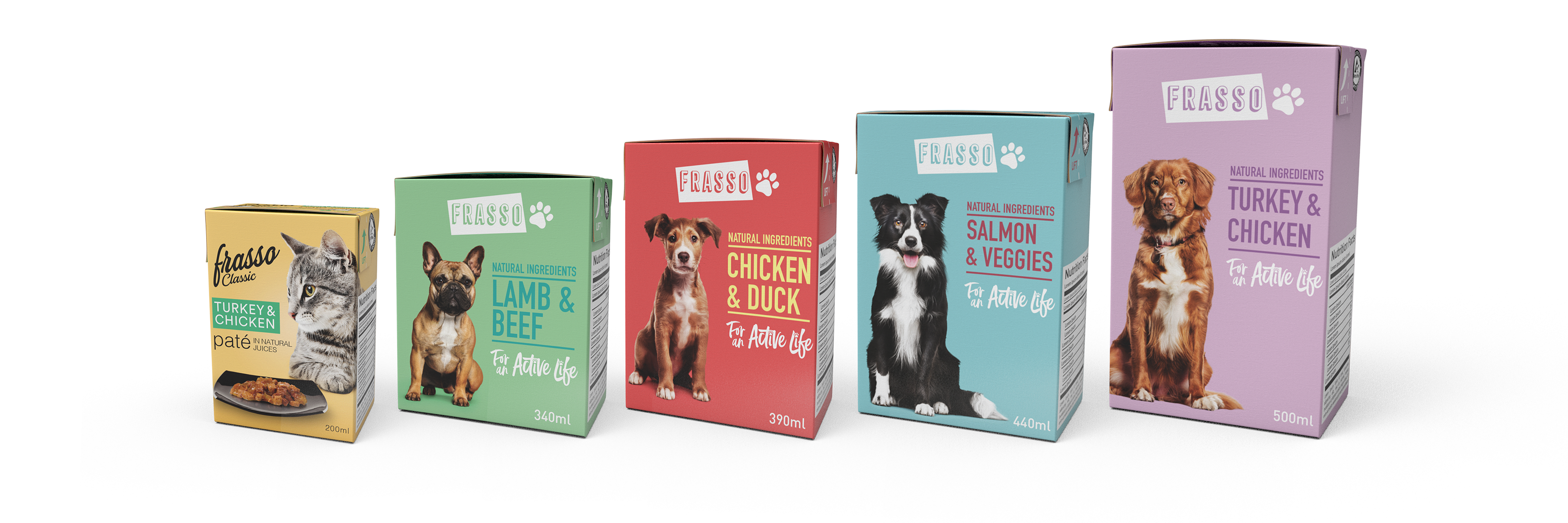
Find The Right Co-Packing Partner

With several Tetra Recart lines already producing wet pet food worldwide and a cost competitive profile, joining this revolution is easy.
“At Tetra Pak, we have a long history of match-making brands, retailers and producers, and we can facilitate in finding the right co-packer to partner with,” says Boni.
Discover Tetra Recart at Interzoo, taking place in Nuremberg from 7-10 May 2024. [*LCA Study (2020, 2021) Source: Tetra Recart reports: Life Cycle Assessments of bev- erage cartons | Tetra Pak Global. Food section]
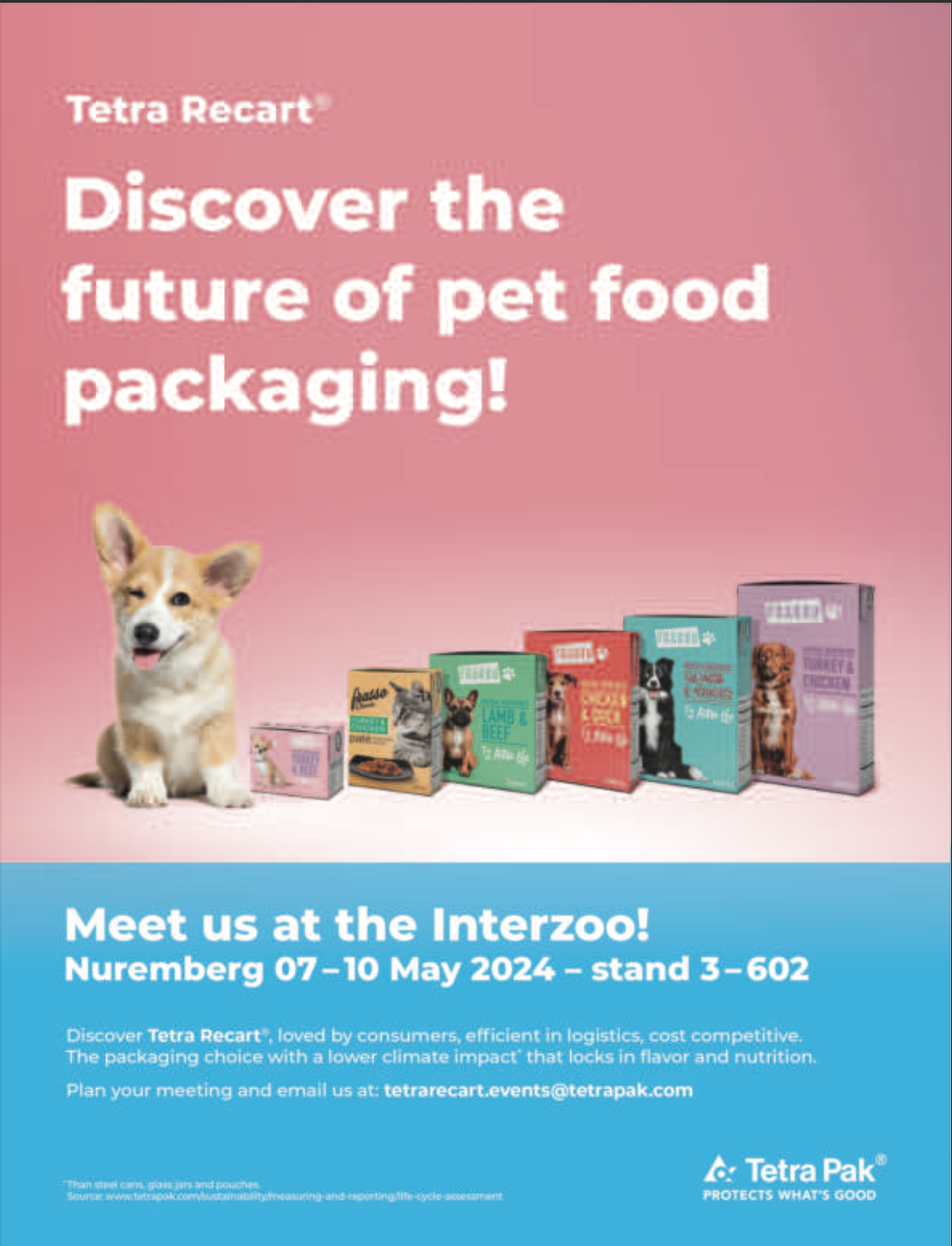
Read more
European Pet Products Report 2024
Dayeeta Das explores how the changing dynamics between pets and their owners is reshaping the pet food and pet products sector.


